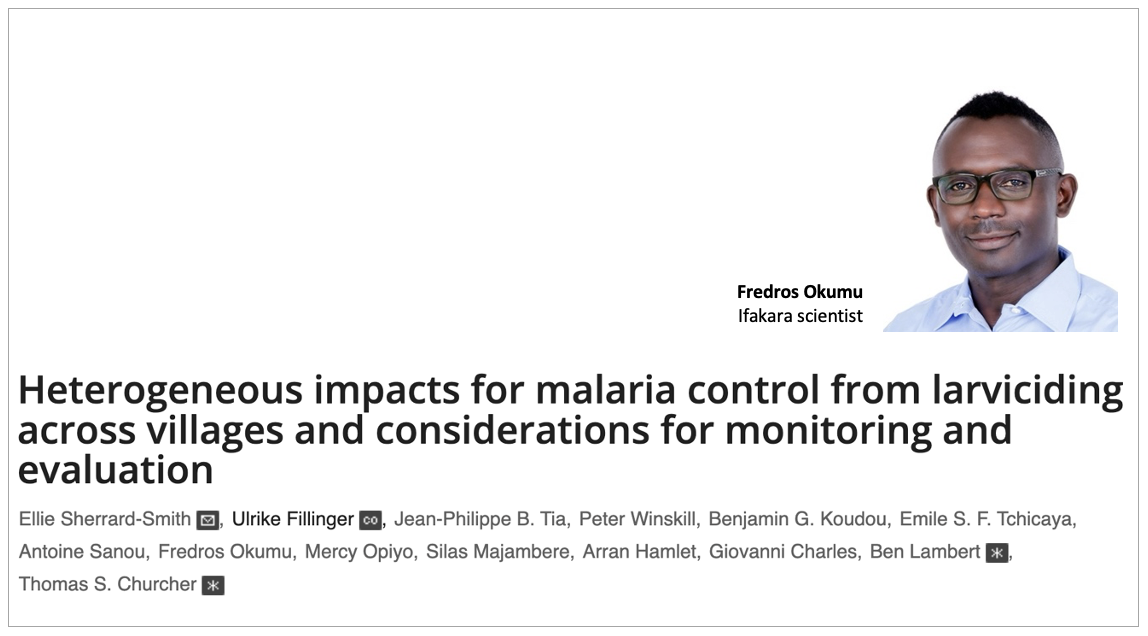
MOSQUITOES: Could targeting their breeding grounds reduce malaria?

A new study has revealed that targeting mosquito breeding sites—known as larval source management (LSM)—can significantly reduce malaria transmission in parts of Africa.
Published in PLOS Pathogens on July 28, 2025, the study reports trials in Western Kenya and Côte d’Ivoire showed that larviciding, when combined with existing tools such as insecticide-treated nets, can lead to dramatic drops in mosquito populations and malaria cases.
Why it matters for Africa’s malaria fight
Malaria continues to claim lives despite decades of progress and widespread use of bed nets and indoor spraying. The study highlights that larviciding offers a valuable additional weapon in the fight. But it also makes clear: success depends heavily on local conditions.
The results carry hope for communities struggling with stubborn malaria transmission while also sounding a note of caution. To truly save lives, larviciding programs must be carefully monitored, adapted to local environments, and supported with strong surveillance systems.
What the study found
Researchers tested larviciding in two very different landscapes: Kenya’s highland valleys and Côte d’Ivoire’s rural villages. They tracked mosquito numbers and malaria cases before and after the intervention, combining field data with mathematical models to predict health impacts.
In Kenya, mosquito populations fell by as much as 88%, leading to a predicted 48–72% reduction in malaria prevalence among children. In Côte d’Ivoire, the main malaria vector declined by 82%, with projected reductions in malaria incidence ranging from 11–78% across villages.
These impressive results, however, were uneven. Some villages showed striking improvements, while others benefited less. Factors such as permanent swamps, harder-to-reach breeding habitats, and differences in bed net use all played a role.
A tool with promise – If used wisely
The study concludes that larviciding works, but not everywhere and not in the same way. Context is everything. Programs must adapt to local environmental and social realities to maximize impact. Reliable monitoring of mosquito populations will be critical to guide these efforts.
The human effort behind the science
This was not the work of one institution but a global collaboration. The study was led by Dr. Ellie Sherrard-Smith of the Liverpool School of Tropical Medicine and Imperial College London. From Tanzania, Dr. Fredros Okumu of the Ifakara Health Institute played a central role, contributing to supervision, investigation, and review of the research.
The collaboration brought together a remarkable network of experts. From Kenya, Dr. Ulrike Fillinger of icipe contributed her extensive entomological expertise. Côte d’Ivoire was strongly represented through Jean-Philippe B. Tia and Benjamin G. Koudou from Université Nangui Abrogoua and the Centre Suisse de Recherches Scientifiques, alongside Emile S. F. Tchicaya of Université Péléforo Gon Coulibaly.
The study also benefitted from the insights of Dr. Antoine Sanou of the Centre National de Recherche et de Formation sur le Paludisme in Burkina Faso, and Dr. Mercy Opiyo of CISM Mozambique, who also works with the University of California, San Francisco.
The private sector was represented by Dr. Silas Majambere of Valent Biosciences, while additional modeling and epidemiological expertise came from Arran Hamlet, Giovanni Charles, Ben Lambert, and Thomas S. Churcher of Imperial College London and the University of Oxford.
Looking ahead
The message from this study is clear: larviciding has real potential to save lives, but only if done with precision, adaptation, and strong surveillance. For communities across Africa where malaria remains a daily threat, these findings provide both hope and guidance for the next stage of the fight.
>> Read full publication, here.
